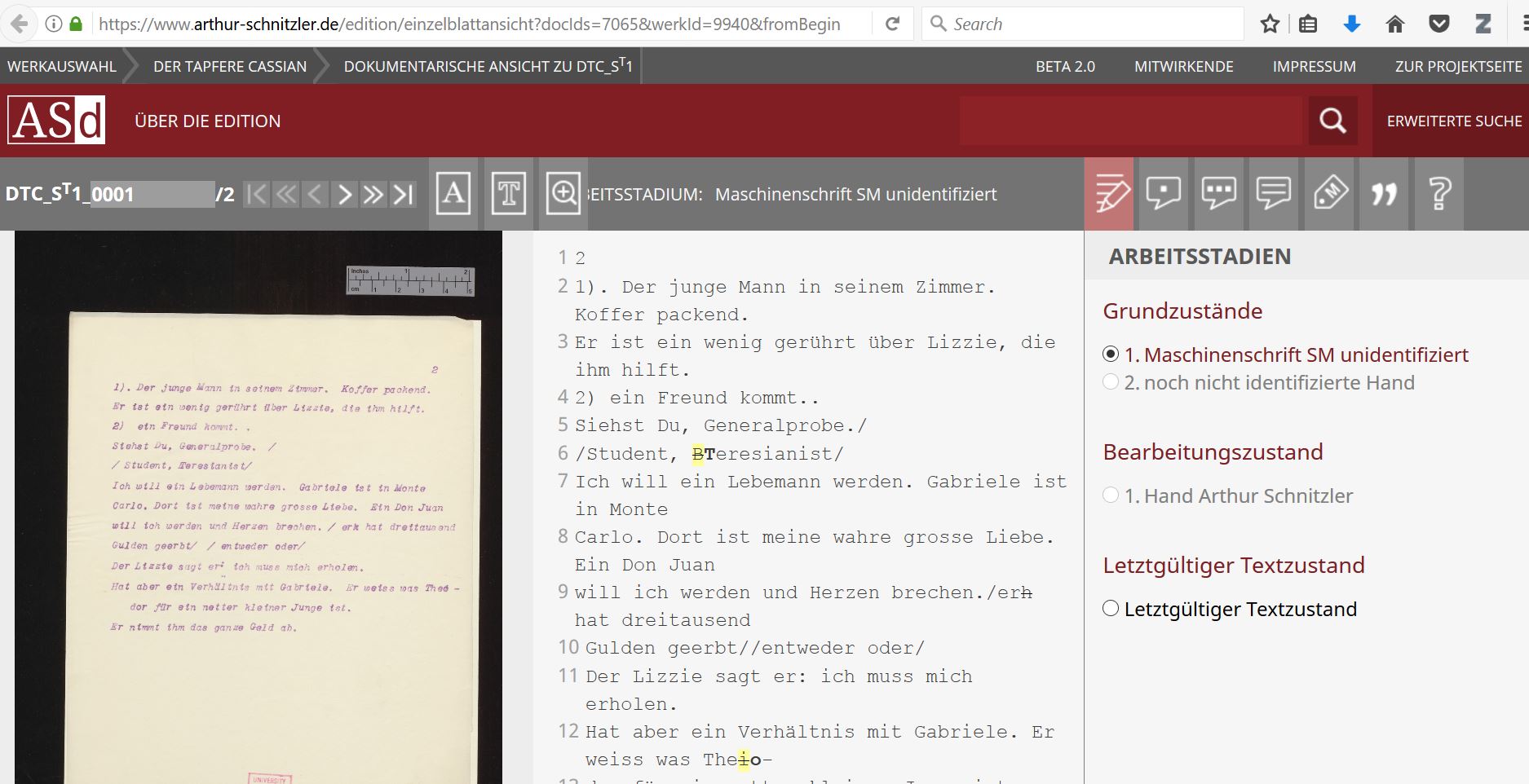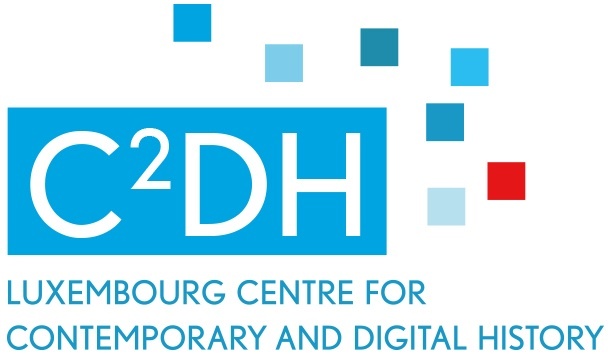Our team retreat on 29 August brought us to Trier, our neighbouring city in Germany, where we visited four locations.
First, we were invited by our German academic partners, the Trier Center for Digital Humanities, to learn about their work in two presentations that were held by Dr. Thomas Burch and Frank Queens. Later, Dr. Paula Kolz, a literary scientist, guided us with humour and expertise through the historical city center and the newly designed exhibition in the Karl Marx Haus 1. Eventually we tried regional wine and food in Trier’s reputable Weinhaus on a bright late summer day.
[masterslider id=”18″]
The major topic accompanying us through the day was publishing.
We learned that both the Austrian writer Arthur Schnitzler (1862-1931) and the German philosopher Karl Marx (1818-1883) had undecipherable handwriting. However, the works of both were meant to be preserved. How to manage that? How has the methodology developed over time?
In case of Marx, his wife Jenny rewrote and edited every line of her husband’s notes to prepare them for publication. In case of Arthur Schnitzler, this endeavor is being undertaken by the Trier Center of Digital Humanities in collaboration with the Cambridge University Library, as Frank Queens showcased in his presentation during our stay.
Our guide Paula could not emphasize Jenny Marx’s influence on Karl Marx’s work enough in her witty tour through Karl Marx’s birth-house. She explained that Jenny was constantly adding her own thoughts during the editing process, which is not recognized in the collective memory, let alone not mentioning her as a co-author. This fact can only be discovered by examining the preserved handwritten documents from Jenny.
In contrast, the process of transcribing works of Arthur Schnitzler that is undertaken by contemporary scholars with the help of the newly developed tool trancribo is meticulously documented. Every detail is recorded according to the principle of making every interpretative step transparent. However, when thinking of the issue of recognizing Jenny Marx, it becomes recognisable, however, that also the interface of the Arthur Schnitzler’s Digital Edition does not assign the transcriptions and interpretations directly to the individual transcribing scholar in this big collaboration. Nevertheless, everybody involved is listed on an extra page. Although the Arthur Schnitzler Digital Edition is using a convenient and very adaptive interface for editing and transcribing the documents, it is still manual work close to Jenny’s method rather than automated process of using algorithms (as is the case with the crowdsourcing platform Transkribus for example) 2.

The DTU group and the digital humanists from Trier discussed these issues later in an informal atmosphere in this first encounter between the two institutions. It was agreed that this is an interesting way to meet and to enter an exchange both on a scientific and a very practical level.
- Paula is especially famous in Trier for her costume performances
- Developed by the digitization and digital preservation group at the University of Innsbruck


